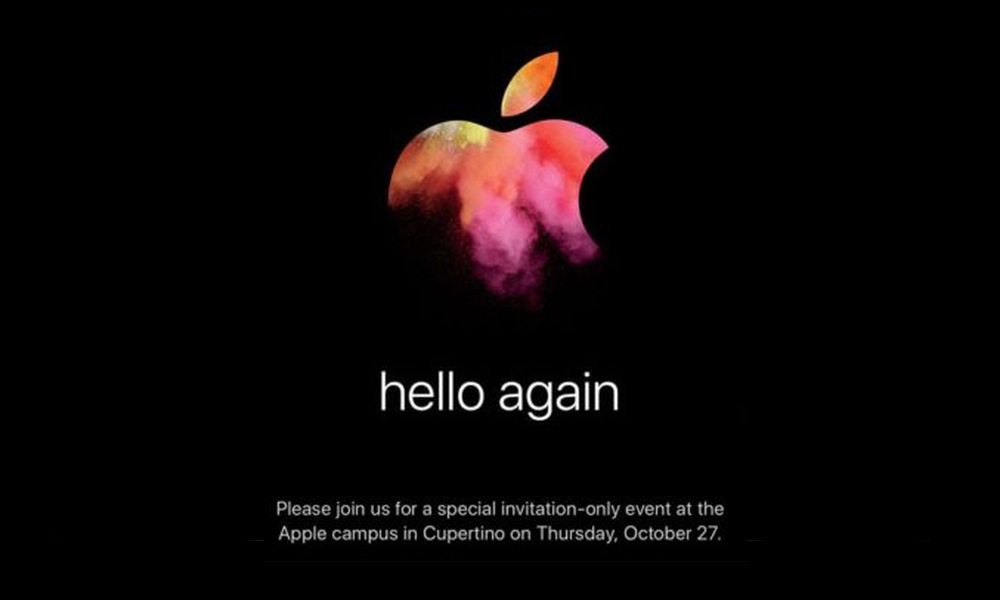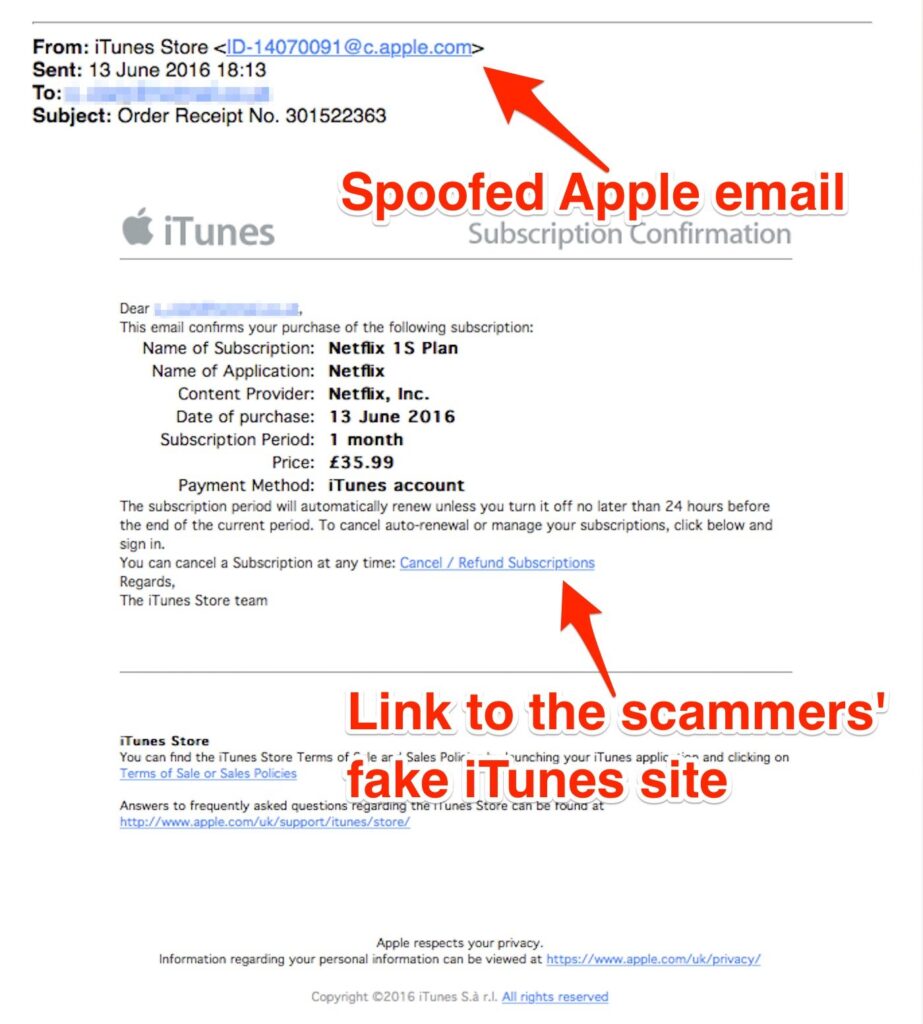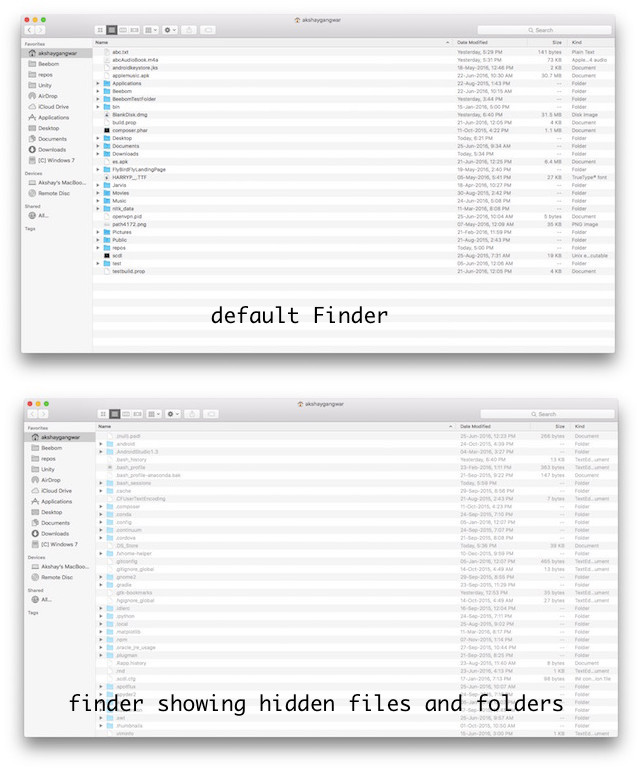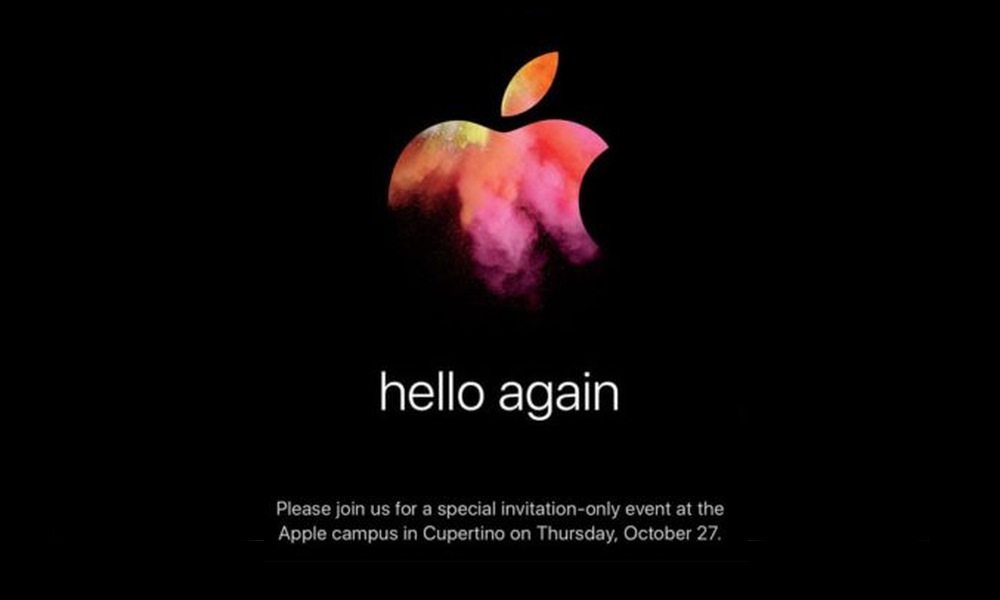
If you’ve kept up with tech news, you’re aware of Apple’s October 30 launch event in Brooklyn, New York. While the invite teases a new iPad and an upgraded Apple Pencil 2, rumors suggest Apple may also unveil new MacBooks and a modular Mac Pro.
The most anticipated reveal is the MacBook Air, which has been neglected by Apple for some time. It retains its familiar design with large bezels, old processors, and the iconic keyboard, preferred by many over newer alternatives.
The MacBook Air is due for attention. Here’s what to expect from its speculated October 30 launch:
Latest Internals
The primary upgrade for the new MacBook Air lies in its CPU. The current MacBook Air runs on aging 5th-gen Intel Core processors, a disappointing reality for 2018.
Despite numerous rumors circulating about the MacBook Air’s internal refresh in recent months, there remains no concrete evidence of Apple’s final decision. Speculation points towards an upgrade to 8th-gen Intel Core processors, which appears to be the most likely scenario.
Intel offers a range of 8th-gen processors, including the Kaby Lake refresh (Kaby Lake-R), Whiskey Lake, and Amber Lake processors, all potentially suitable for the speculated MacBook Air upgrade. Among these, their U-series Whiskey Lake processors stand out as the most fitting option, boasting 2 times better performance and double-digit gains in office productivity compared to a 5-year-old PC.
Retina Display
Apple is set to add a Retina display to the upcoming MacBook Air, aligning it with the rest of the MacBook lineup, as reported by various sources in the past.
The current MacBook Air, three years outdated, sports a 1440 x 900 pixel display resolution, but rumors suggest it may soon match the resolution of the MacBook Pro’s OLED display at 2560×1600 pixels, possibly using an LG-made LCD panel.
This upgrade would significantly modernize the MacBook Air, which currently features the most outdated screen among Apple products.
Design Enhancement
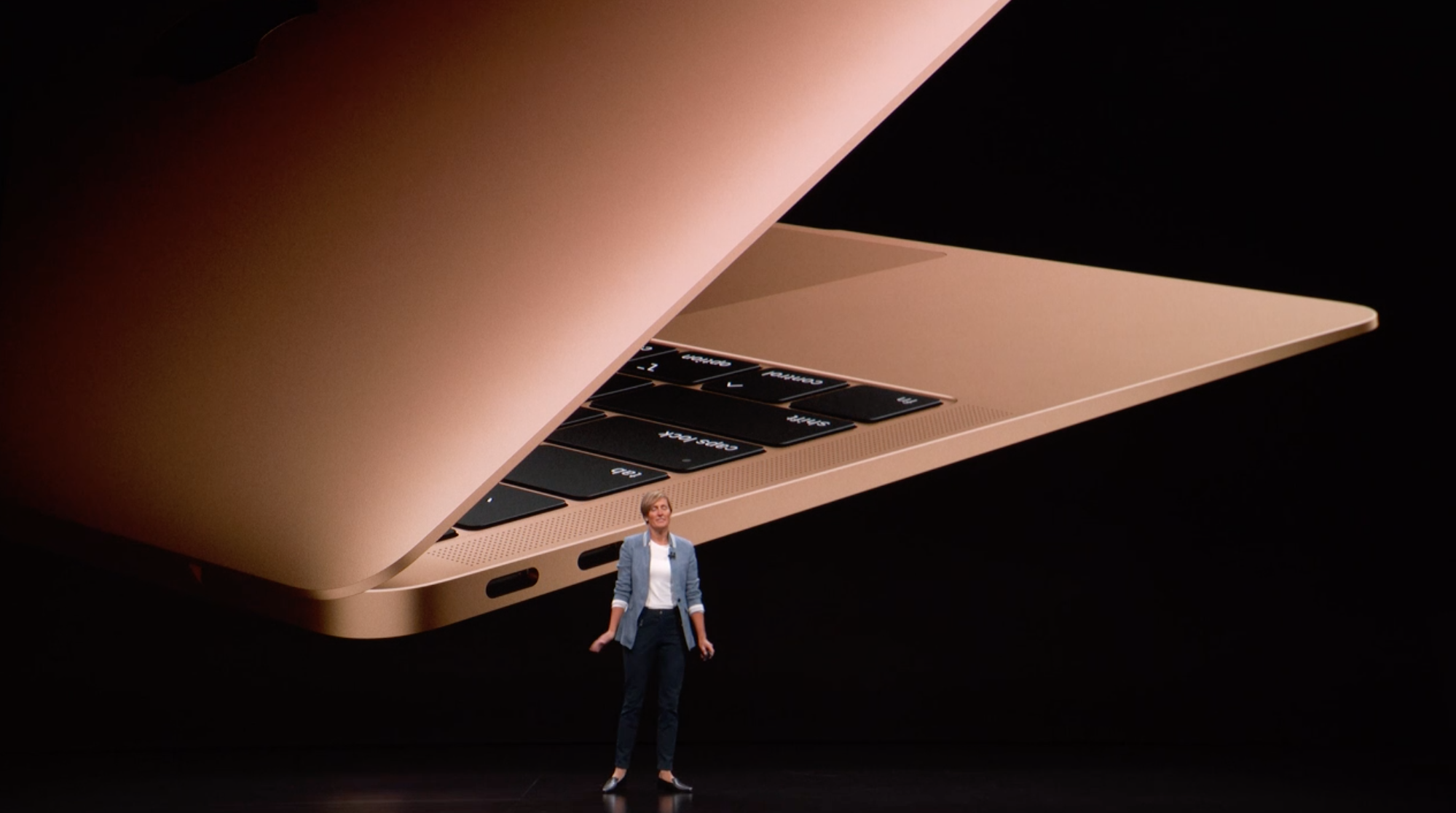
In addition to improved internals and a stunning Retina display, Apple is expected to reduce bezels and update ports with the MacBook Air refresh.
This year, nearly every PC manufacturer has slimmed down bezels, a trend Apple initiated with the MacBook Pro in 2016. The 13-inch MacBook Air, originating from late 2010, retains large, outdated bezels, reflective of its design from that era.
Regarding ports, Apple might fully transition to USB-C on the MacBook Air, implying embracing the dongle life and incurring additional expenses, even with a lower-priced MacBook Air.
Transitioning also means adjusting to the butterfly keyboard’s reduced key travel and noise, abandoning the old-style chiclet keyboard. Additionally, anticipate Apple introducing color variations—Space Gray, Gold, and Rose Gold—to its new budget-friendly laptops, alongside the silver option.
No Touch Bar
Those anticipating the Touch Bar’s inclusion in the upcoming MacBook Air lineup are likely to be disappointed.
Apple’s Touch Bar, although visually appealing and feature-rich, lacks favor from users and developers.
Touch Bar feels gimmicky.
Apple reportedly plans to introduce a more affordable MacBook Air, potentially omitting the Touch Bar to reduce costs. Instead, integrating Touch ID within the power button, utilizing the T2 security chip, could enhance security—a feature eagerly awaited by many enthusiasts.
Is it Time for a Retina MacBook?
The MacBook Air is the one we hope will get a refresh at the October 30th event, but we also want the existing 12-inch MacBook with a Retina display to be updated. We expect Apple to upgrade the internals, trim the bezels, and introduce a new fanless build without a significant price increase.
Regarding the pricing of the cheaper MacBook Air laptops, rumors suggest that at least one configuration will be priced at $999 or less (around Rs. 1 lakh, including customs duty and taxes).

Pritam Chopra is a seasoned IT professional and a passionate blogger hailing from the dynamic realm of technology. With an insatiable curiosity for all things tech-related, Pritam has dedicated himself to exploring and unraveling the intricacies of the digital world.

